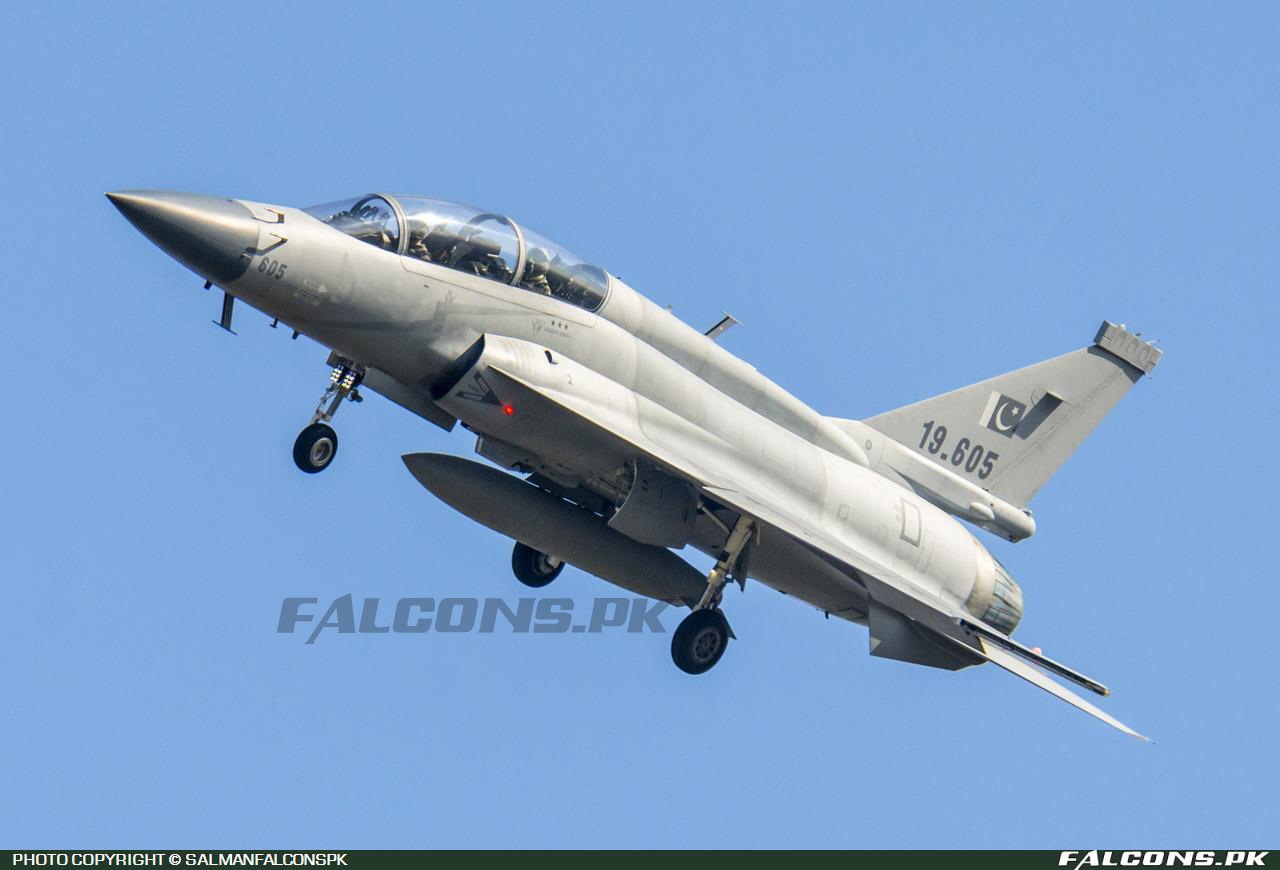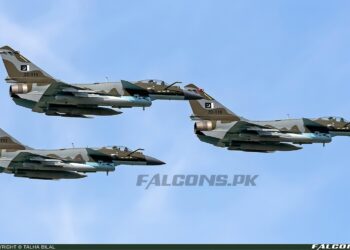By Fahad Masood
In contemporary times, we see ourselves immersed in the world of technology. Technology that was thought impossible at the turn of the previous century. Military Technology has always super-ceded the commercial. May it be the terrestrial force or the aerial element; technology has evolved no matter what. ‘Air power doctrine’ and ‘technology’ are now more intertwined than ever. What comes first and which follows suit, is a query that will be divulged in present write-up. Question at hand, does doctrine lead technology or vice versa?
If we ingress at the roots of this philosophical interrogation, we will find ourselves forcing our deepest cognitive thought process to be utilized at the epitome of its capability. In coherence to this query at hand, there are two major variables at play.
- Economy size.
- Research potential.
Although both variables are deeply convoluted, but let’s reason through to leave this read more informed and enlightened. Delving at the latter first – Research Potential – the competency to generate quantifiable and qualifiable ‘new ideas’ relating the field of Air Power Doctrine. Questions that are yet to be answered as well as relevant to academia and beneficial to industry both; need due diligence to ensure growth in the sector of Doctrine. The line between developing and developed world are very clear in this world of ‘defining new possibilities’. For purpose of evolving, improving and becoming better, latter of the two ecospheres give due weightage to education and in turn exploration. Whereas the trailing nations are conventionally used by trends-setters as labor force in both hard and soft matter of things, hence the brain-drain. For reasons known to all and sundry, varying types of securities provided by first world are directly aligned in pulling the required human resource & capital from the down-trodden nations of the world.
Considering the first variable – Economy Size – quantum of economy is the over-arching player for this theoretical query of ‘what leads what’. As per the axiom, money makes the mare go! There is no disagreement that all discussed in previous paragraphs is subservient to budgetary allowances. Relationship between R&D – Research and Development – and money matters are directly proportional. Hence, greater the funds available, more diverse the research.
With the arguments presented, it is observable to the reader that ‘Doctrine-based Technology’ is for the developed, well-to-do and affluent countries from the comity of nations. Because they have the room to maneuver in all respects, hard and soft. On the flip side, ‘Technology-based Doctrine’ is valid for nations that are not the trail-blazers and follow the developed world.
It is not good or bad to be a part of either streams but to be able identify where we stand is crucial to doctrine formulation. Air power doctrine is no different.
Simply said, developed nations first make air power employment doctrines and second build weapon systems around it. Prime examples are B-2 Stealth, F-117A, F-35, F-22 etc. Whereas, developing nations acquire or buy off-the-shelf solutions to formulate air power doctrine around it with the likes of buying F-16s, JF-17s, EW platforms etc. Air Forces around the world are building and acquiring technology but without relatively clarity of this paradigm – without comprehending the ‘ways and means’ to the ‘end’ – all will be in vain.
– Sqn Ldr (Retd) Fahad Masood is an MBA in Aviation Management and is a member of Royal Aeronautics Society, International Society of Air Safety Investigators and currently for Aviation at Air University






